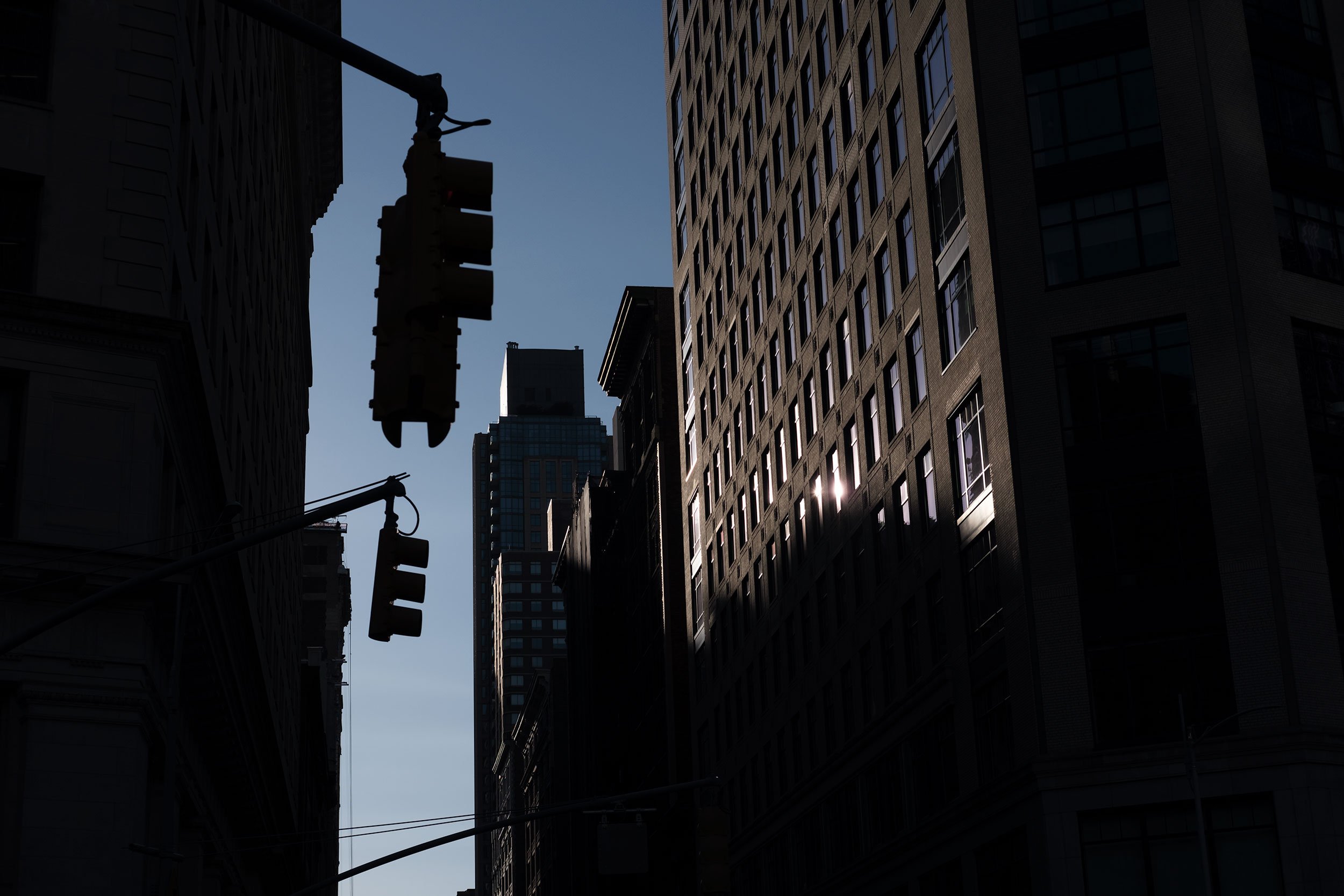Fujifilm Simulations and Recipes: 3 Reasons Why They Make Sense
Flatiron District in New York using the PRO Neg. Std simulation
Film photography has experienced a remarkable resurgence in popularity. What used to be reserved for the nostalgic few gained interest, with many looking to return to a tangible process and achieve a unique look for their images. Digital photography was introduced long ago and since then has improved immensely and offered convenience and technical quality that made film mostly forgotten by many. However, the evolution of digital has often left behind the imperfections that give the film the character it is known for.
Since film photography has come back in a big way, the demand for everything film-related has witnessed a substantial upsurge. The market for used film cameras is a big business, and the medium of film, which all film cameras require, has become a topic of many discussions. With the current high prices and scarcity of film, many digital photographers looking to get into that medium of photography can be out of luck. This is where Fujifilm and its film simulations start to make a lot of sense.
Let me state that I am not a film photographer. I do not shoot film and cannot speak from a position of experience, but I understand the charm of film photography and respect it. I follow several film photographers whose work I adore for the subject matter and for the aesthetic they produce.
I’ve used Fujifilm cameras for a while and have used their film simulations and custom recipes regularly for over a year. I have used them in my HFX Street and Monochromatic projects and travels in London, New York, and Mexico. I’ve experimented with the built-in simulations of the Fujifilm X-E4 and have tried numerous custom recipes, with a number of those recipes currently saved as presets. Using Fujifilm and its film simulation options can make sense for digital photographers interested in film photography. Here’s why.
1. Immediately Capture that Nostalgic Look
In summary, standard Fujifilm film simulations allow you to replicate the look of classic film stocks. They can be captured in-camera if shooting JPEG or can be applied after in post-processing software such as Adobe Lightroom if shooting RAW. Shooting RAW and having the ability to choose a preset film stock later is great, but shooting JPEG will produce those looks instantly. Sometimes, it makes sense to limit yourself and embed the film preset into your JPEG photo with the settings already “baked in.” It’s faster and easier and will allow you to see what you like and dislike about a particular simulation or recipe.
2. Experiment Without the Film Process
By using digital film simulations and recipes, you get the convenience of a digital workflow. You can experiment without a film camera and film stock. There is no darkroom process or wait. Depending on the Fujifilm camera, if you are using the built-in film Fujifilm simulations, you can switch it up with the click of a few buttons, a dial, or a bit of navigation through your camera menu. On the other hand, recipes take a bit of work to set up. After set up, I’d recommend moving the simulation selection to your Quick Menu for easier access. Once you do, they are simple and quick to select.
If you want to spice up your photography and take it to a new, experiential level, film simulations are a great way to do it. If you find yourself creatively stuck with your post-processing, film simulations can help you create work you may have never thought of doing. That’s the great thing about simulations; with hundreds of different options, you will create work that you probably could have never recreated through post-processing techniques. As a result, you might find a new direction for your photography and explore other possibilities. Film simulations make perfect sense if you want to explore a creative vision. Selecting a simulation or using a recipe creates a specific mood or atmosphere for your images. Images that you may consider to have more potential.
3. Potentially Save Money
Film photography is expensive, and the running costs with consumables are high. Shooting digitally and using simulations and recipes will be cheaper than investing in film equipment and stock. You cannot experiment with actual film photography without at least a small investment. You may be able to get your hand on a second-hand camera at a reasonable cost if you are lucky, but you need film and purchasing film can be difficult. Film is in high demand, and the prices for film are high. Photographers quickly scooped up the availability of film stocks, making some stocks very expensive and difficult to find. Getting into film or maintaining an interest in film is quickly becoming quite costly, an investment that some people may not want to make as they may not enjoy it after the initial experimentation with the medium.
Conclusion
Fujifilm simulations are a powerful tool if you want to experiment with the film look without investing in a film camera and film stock or waiting to see how your process panned out. By embracing film simulations or trying the numerous options in film recipes, you can create a new direction for your photography.
